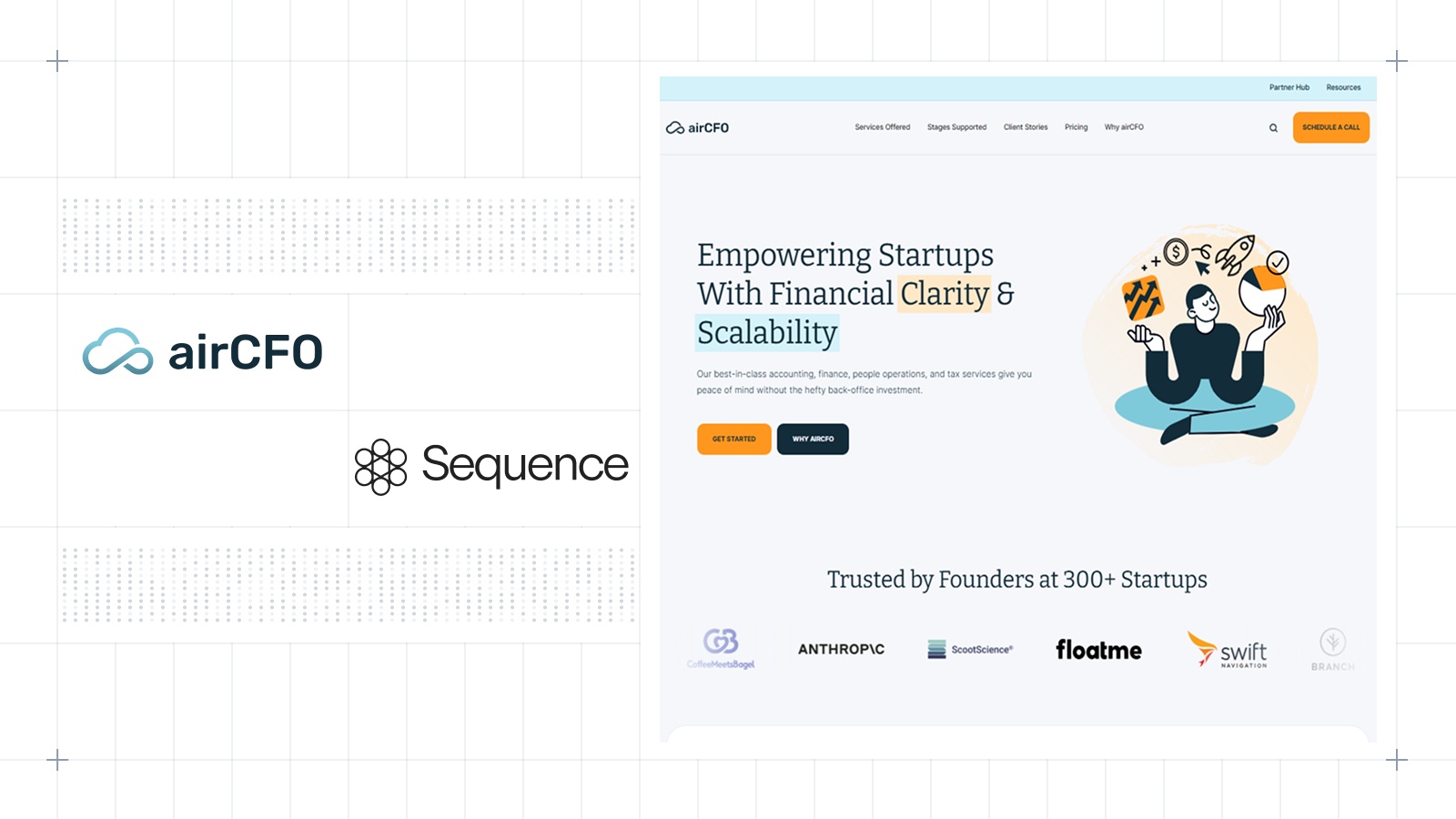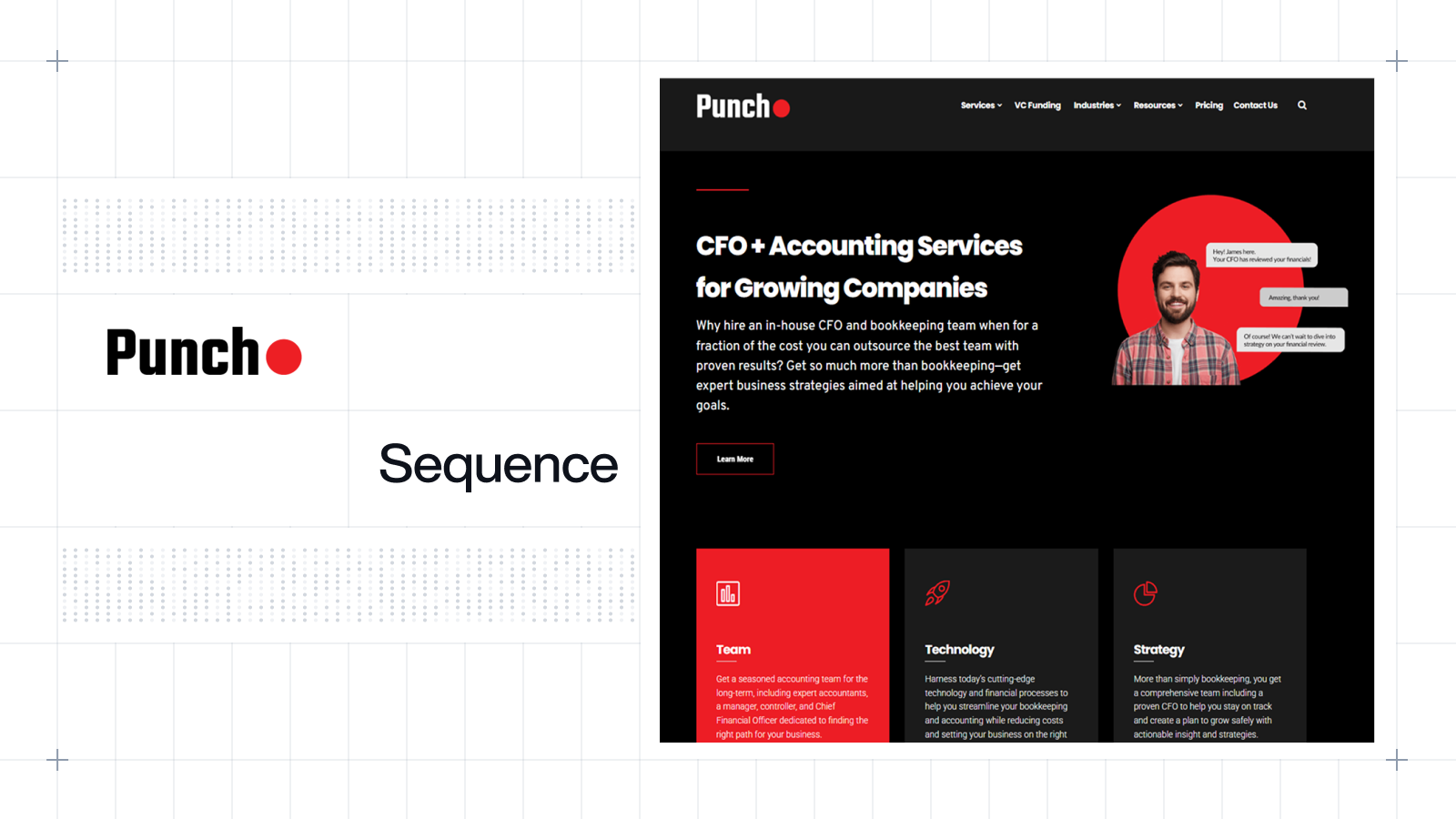Enda Cahill
10 reasons why companies move from Stripe Billing to Sequence
At Sequence, we continue to see teams reach the breaking point with Stripe Billing. This is a direct guide to why modern B2B teams are looking for more flexible billing and quote to cash software.

In preparation for a recent board meeting, we discovered that >50% of our revenue comes from Stripe Billing migrations.
We previously wrote about Why Stripe is Great and our admiration continues to grow, particularly in light of their Annual Letter, which pointed out that Stripe Billing is doing $500m in annual revenue run rate.
Sequence has been completing a record number of Stripe migrations in 2025, primarily for the reasons listed in our previous article, all of which can be summarized as follows: Stripe is a top class payment gateway and basic subscription management tool, but is not built for enterprise / sales-led contracts where pricing is custom.
For early stage companies, Stripe is an easy way to begin collecting revenue using simple subscriptions and invoices, making it a perfect fit for PLG models where speed to onboard is key. Their API suite has established a strong reputation amongst the developer community, who see Stripe as one of the most flexible tools to embed within the revenue stack. Yet more and more B2B teams are making the switch away from Stripe as they reach 5-10m+ in ARR.
We surveyed dozens of prospects and customers to gather the main reasons why B2B teams moved away from Stripe Billing to Sequence:
- “Inability to handle backdated billing schedules means that historical invoices can’t be easily generated, resulting in revenue leakage as some legacy invoices from older contracts fail to be issued in a timely manner.” With Sequence, customers can create historical schedules and instantly trigger invoices for legacy contracts.
- “Cost. As revenue scales, the 0.7% Stripe invoicing fee begins to feel disproportionate for a lightweight subscription management solution.”
- Sequence offers a tiered fee for a predictable cost structure that incentivises revenue growth with a reduced unit rate.
- “Simple but impactful UX details, like starting a billing schedule before the day it goes live or archiving erroneously created schedules make a huge difference to the user experience. Similarly, adding labels to contract phases helps to make complex deals easy to understand and manage.”
- Sequence billing phases (with custom naming) and flexible start / end dates allow for a highly configurable invoicing workflow for any B2B invoicing workflow.
- “For seat based products, we could not easily manage prorated overages for seat upgrades. Since moving to Sequence we have unlocked an additional $200k in revenue per quarter by tracking prorated overages”
- Sequence's renowned seat-based pricing infra allows customers to instantly charge for seat upgrades in real time. Imagine how much revenue you would unlock if you put this on autopilot next week.
- “Instead of navigating endless back-and-forth support tickets, we like that Sequence works directly with us during the onboarding and the ongoing support team quickly fixes errors and takes in feature requests with urgency. For teams that are scaling fast, this kind of collaboration is essential.”
- Every Sequence customer receives a dedicated onboarding manager and Solutions Engineer, resulting in top class G2 reviews and customer stories.
- “Having to rely on developers to enact changes via API due to an incomplete dashboard experience. No finance operator wants to be held up on billing run week by a pending engineering ticket.”
- Sequence offers a no-code dashboard for finance operators with a notion-style UI to enable easy pricing edits and contract amendments with zero engineering involvement.
- “No customisation with regard to ARR/MRR calculations. We have slight iterations in their reporting processes, and don’t want to rely on a complex SQL query to adjust their data export from Stripe.”
- Sequence partners with Equals to provide a fully tailored SaaS reporting dashboard for any performance metric (ARR, MRR, NRR, churn etc)
- “Enterprise involves a lot of custom pricing involving different structures. This is possible to do in Stripe, but a huge pain point as we have to create a new pricing model each time without an easy way to expand our product catalog with more complex models.”
- Sequence is purpose built to handle PLG and enterprise billing in tandem. Send your most complex B2B contract to revenue@sequencehq.com and see for yourself.
- “We have a quarterly true-up model where we bill conditionally if there are additional seats for the Enterprise plans. These are all manual changes within Stripe right now and with a growing customer base this becomes a significant time commitment.”
- Sequence natively supports true-ups on a monthly, quarterly, semi-annually and annual basis, which are becoming increasingly common as usage based companies deploy minimum commitments to provide more revenue predictability and downside protection.
- “Our order form process is completely detached from Stripe invoicing, so mistakes can occur if things do not match and it also creates duplicative work.”
- Sequence is one of the few billing providers with a native CPQ (quoting) module, allowing customers to slot Sequence in between the CRM and ERP for a truly streamlined sales to finance workflow.
At Sequence, we continue to see teams reach the turning point with Stripe. Even those who previously accepted Stripe’s limitations make the switch when they realize how much time, revenue, and flexibility they’re sacrificing by sticking with a billing tool that wasn’t built for their business model. As growth breeds increasing complexity in pricing, the need for a scalable, full-featured revenue collection system becomes impossible to ignore.
Sequence offers a path forward: a robust billing platform purpose built to handle complex sales-led, hybrid, and usage based pricing models that sales & finance teams actually enjoy using.
As we often say to our customers, “Use Stripe for payments, Sequence for billing”. Our native Stripe payments integration and managed migration service has made this a no-brainer for our customers, and we expect this trend to accelerate in the coming months.
Thanks to the teams at Incident.io, Workshop, and Arcade and several other Sequence customers for their input on this post.
Enda Cahill
Related articles

How airCFO helps startups build scalable back office operations: Lessons from 200+ early-stage companies
Most founders treat their back office as an operational necessity. Alex Wittenberg and his team at airCFO turn it into a competitive advantage. After supporting 200+ early-stage VC-backed startups, airCFO has identified the patterns that separate companies with scalable financial operations from those constantly fighting fires. We spoke with Alex about the mistakes that create operational debt, the tooling decisions that matter at each stage, and how AI is changing what finance teams actually do.
Enda Cahill

The Fractional Finance Playbook: Lessons from 20+ Years of Scaling Startups
Frank Mastronuzzi has guided hundreds of fast-growing companies through their most critical financial decisions at Punch. His firm focuses exclusively on helping AI and SaaS companies navigate from zero to $100M ARR, with deep expertise in the specific challenges that emerge at each growth stage.
Enda Cahill

24 Years at Armanino: Building Scalable Finance Teams
Dean Quiambao has watched Armanino grow from 80 people to 3,000 employees during his 24 years at the firm. During this time, he has guided 100s of venture-backed companies through their most critical growth stages. Here are his highlight takeaways.
Enda Cahill